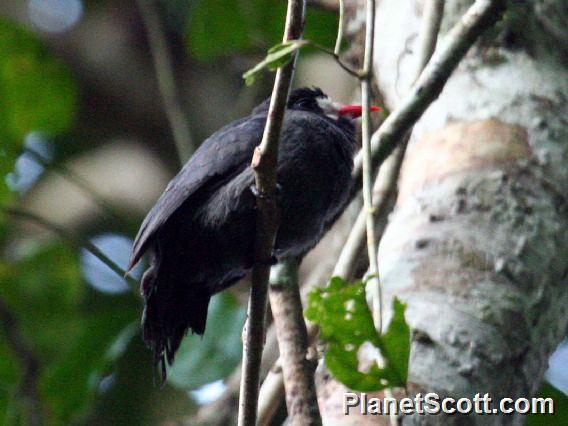White-fronted Nunbird (Monasa morphoeus)

White-fronted Nunbird (Monasa morphoeus)
×


White-fronted Nunbird (Monasa morphoeus)
About White-fronted Nunbird (Monasa morphoeus)
- Kingdom: Animals
- Phylum: Chordates
- Class: Birds
- Order: Woodpeckers, Barbets, Toucans, and Puffbirds
- Family: Puffbirds
The white-fronted nunbird is a species of near-passerine bird in the family Bucconidae, the puffbirds, nunlets, and nunbirds. It is found Bolivia, Brazil, Colombia, Costa Rica, Ecuador, Honduras, Nicaragua, Panama, Peru, and Venezuela.
Source: Wikipedia
Lifelists
Trips
Visits
-
2006-11-11
Sani Lodge, Ecuador

